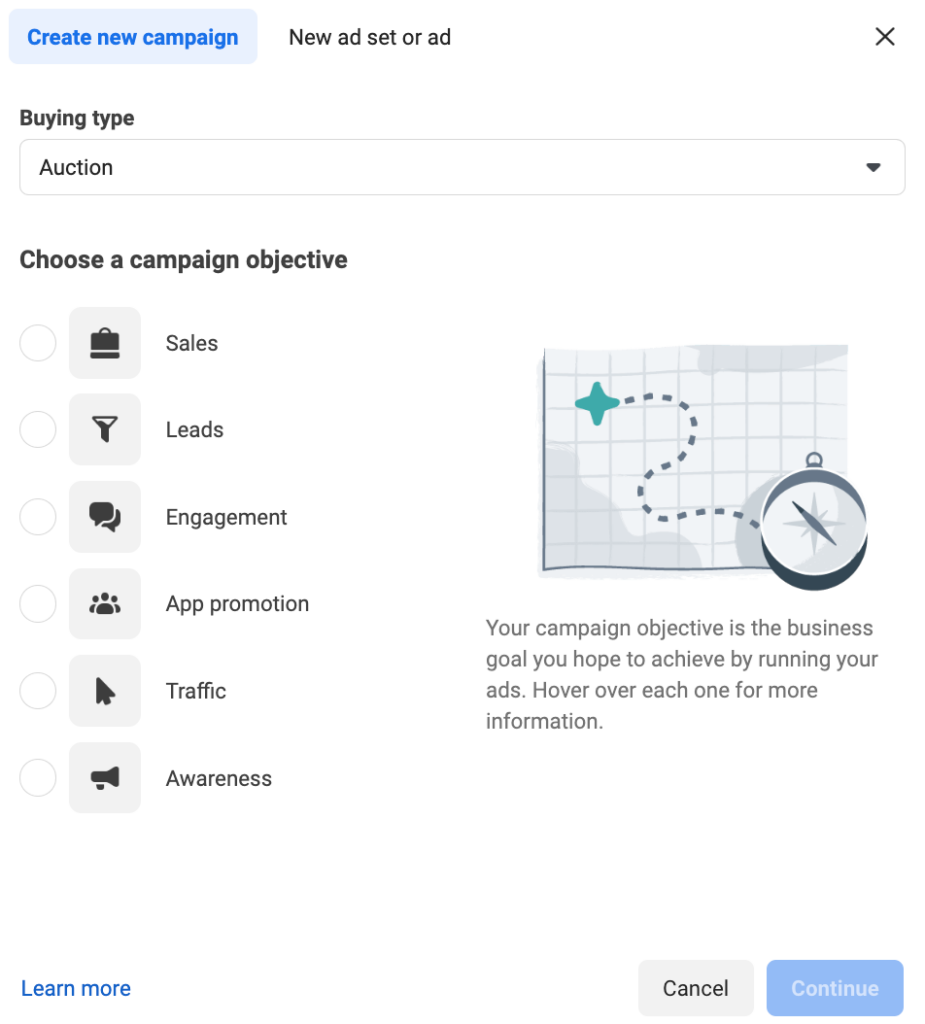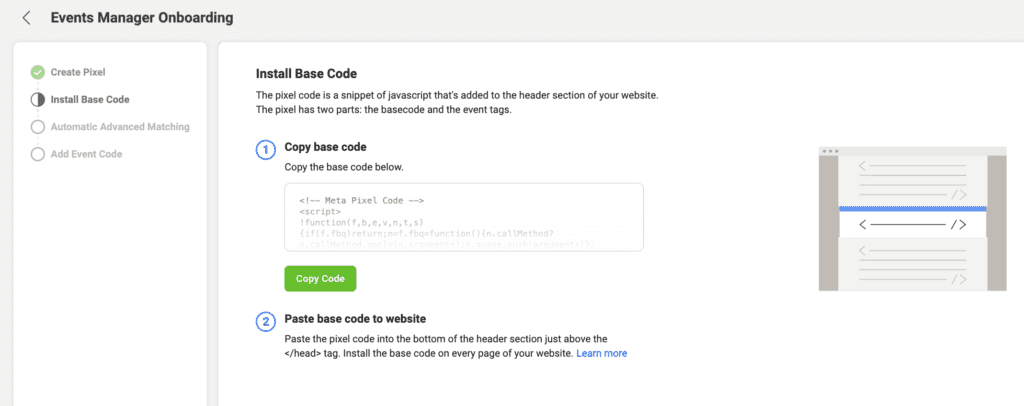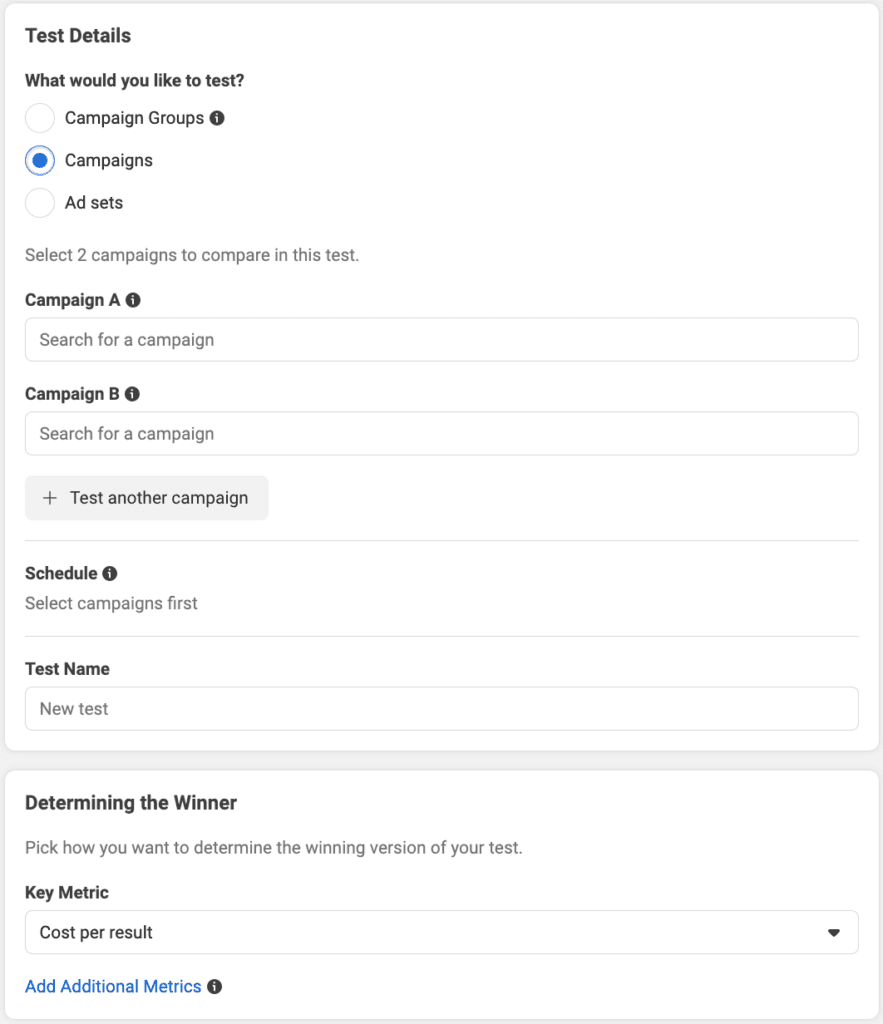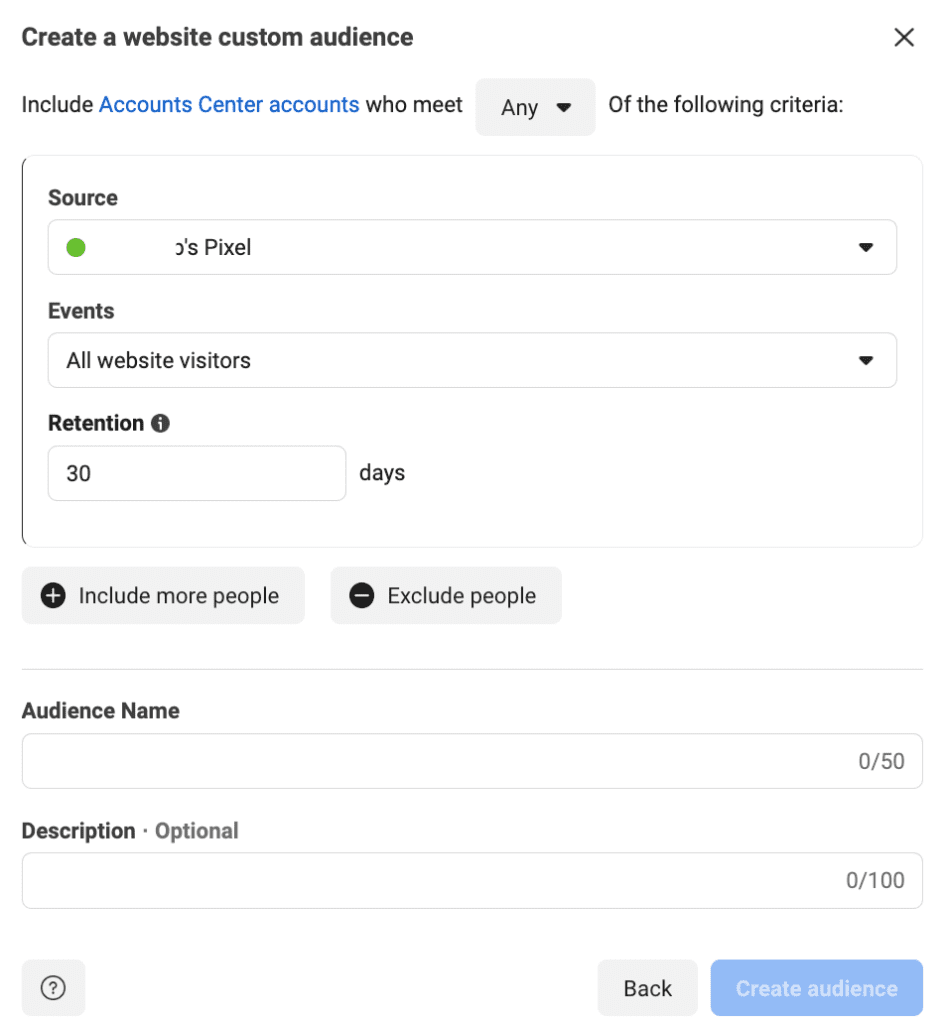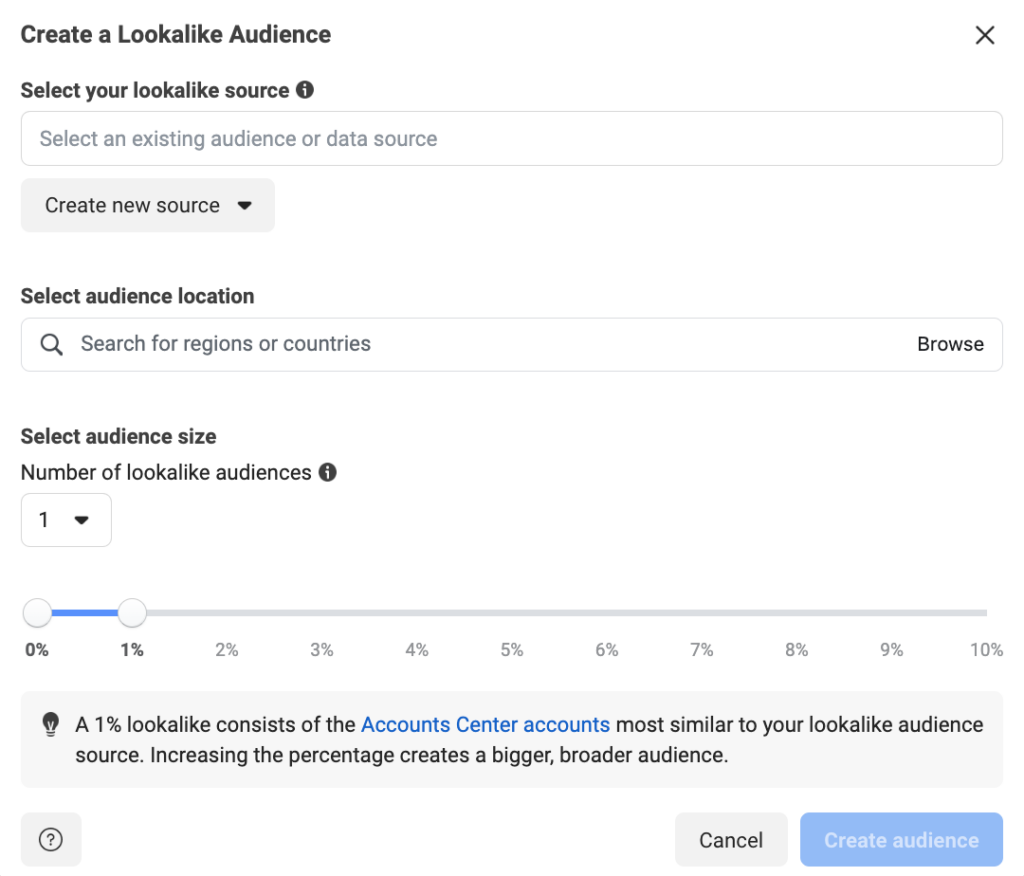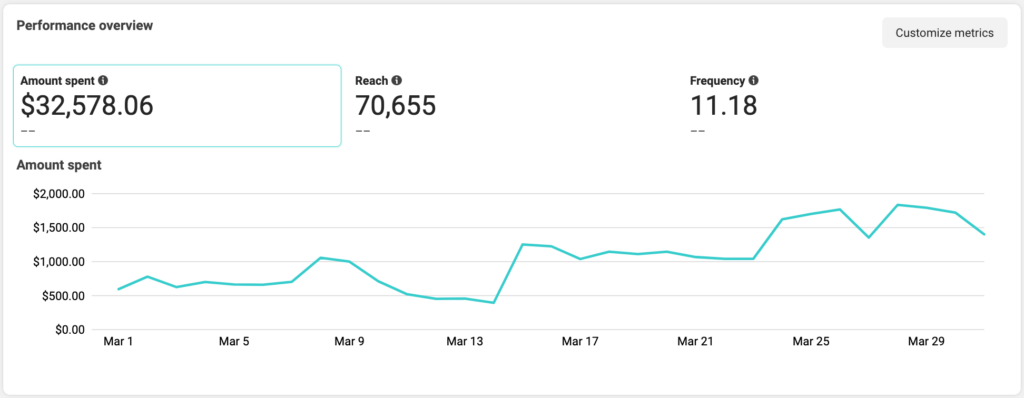Table of Contents
In today’s digital landscape, Facebook advertising has become a powerful tool for businesses to reach and engage their target audience. With its vast user base, advanced targeting options, and robust ad management platform, Facebook offers unparalleled opportunities for driving success and maximizing the impact of your advertising campaigns.
However, with the ever-evolving nature of the platform and the fierce competition for users’ attention, it’s essential to have a solid strategy in place to ensure your Facebook ads deliver optimal results.
To help you navigate this dynamic advertising landscape and unlock the full potential of Facebook ads, we have curated five expert tips that will guide you toward driving success and achieving maximum impact.
In this post, we will delve into these proven strategies that can take your Facebook ad campaigns to new heights. From choosing the right campaign objectives to leveraging retargeting and lookalike audiences, each tip is designed to empower you with the knowledge and insights necessary to make informed decisions and drive exceptional results.
Whether you’re a seasoned marketer or just getting started with Facebook advertising, these expert tips will provide you with a framework to optimize your campaigns, increase engagement, and maximize your return on investment.
By implementing these strategies, you’ll be equipped to navigate the complexities of Facebook advertising and create campaigns that captivate your audience and drive tangible business outcomes.
So, are you ready to take your Facebook ad campaigns to the next level?
Related Articles:
Facebook Ads Tips:
Let’s dive into the world of driving success with Facebook ads and explore these expert tips for achieving maximum impact:
- Choose the right campaign objective
- Setup Conversion Tracking
- A/B test Creatives
- Leverage Retargeting & Lookalike Audiences
- Watch for Ad Fatigue
Below you can find more information about each one.
1. Choose the Right Facebook Ads Campaign Objective
When it comes to running effective Facebook ad campaigns, choosing the right campaign objective is the fundamental building block for achieving success. Your campaign objective sets the stage for your entire advertising strategy, influencing the type of audience you reach, the ad formats available to you, and the optimization options at your disposal.
With a multitude of campaign objectives available on the Facebook Ads platform, it can be overwhelming to determine which one is best suited for your specific goals. That’s why we’re here to guide you through the process and help you make the right choice.
First and foremost, it’s crucial to align your campaign objective with your overall marketing objectives. Are you looking to increase brand awareness, drive website traffic, generate leads, or boost sales? Each objective serves a different purpose, and selecting the one that aligns with your desired outcome is essential.
Let’s take a closer look at some of the common campaign objectives you can select and their corresponding goals.
Awareness
Create awareness of your business. This objective will help you reach the largest number of people who are most likely to remember your ad. For example, if your business is brand new or has been recently renamed, awareness may help potential customers become more familiar with your business.
Traffic
Increase traffic to an online destination of your choice. Send people to a destination, like your Facebook page or Instagram account, website, or app. For example, if you’ve recently launched an innovative offer and want to generate interest, direct potential customers to a dedicated webpage where they can learn more about its features, benefits, and pricing.
Engagement
Find people more likely to engage with your business online, send a message, or take desired actions on your ad or Page. For example, if you want people who are interested in your products or services to start a conversation via Messenger, this objective can reach potential customers more likely to do so.
Conversions
Collect leads for your business or brand via messages, phone calls, or signups. For example, if you want potential customers to sign up for a monthly newsletter, this objective can help you reach people willing to share their information with you to learn more about your business.
App Promotion
Get people on mobile devices to install or take a specific action within your app. For example, if you want potential customers to make a purchase through your app or try a new app feature, you can create an app promotion campaign.
Sales
Find people likely to purchase your goods or services. For example, if you want to reach people most likely to make a purchase, such as through an e-commerce site, you can use the sales objective. You can also optimize for other actions, such as adding an item to their cart.
By selecting the right campaign objective that aligns with your goals, you set the stage for a more focused and effective advertising strategy. However, it’s important to note that Facebook’s campaign objectives offer more than meets the eye. Each objective presents a range of advanced options and features to fine-tune your campaigns further.
2. Setup Facebook Ads Conversion Tracking
By implementing conversion tracking, you gain valuable insights into the performance of your campaigns, enabling you to optimize your ad strategies and maximize your return on investment (ROI). It provides you with the data necessary to identify which ads are driving desired actions and which ones may need adjustments.
To set up conversion tracking, follow these steps:
Install the Meta Pixel
The Meta Pixel (formerly Facebook Pixel) is a small piece of code that you place on your website. It tracks and records actions performed by users who have engaged with your Facebook ads. To install the Facebook Pixel, navigate to your Meta Business Suite, access the Events Manager, and follow the instructions provided to generate the pixel code. Once generated, place the pixel code on every page of your website to start tracking conversions effectively.
Define Conversion Events
After installing the Meta Pixel, it’s crucial to define the specific conversion events you want to track. These events can include actions like purchases, sign-ups, form submissions, or any other meaningful actions that align with your campaign objectives. Through Events Manager, you can create custom conversion events and assign them to different pages or actions on your website.
Test and Verify
After completing the setup process, it’s essential to test and verify that your conversion tracking is functioning correctly. Use Facebook’s testing tools or perform test conversions on your website to confirm that the tracking is accurately capturing the desired actions. This step ensures that the data you receive is reliable and allows you to make informed decisions based on accurate insights.
By setting up conversion tracking, you equip yourself with invaluable data that goes beyond basic metrics like impressions and clicks. It provides you with a deeper understanding of how your Facebook ads are driving real-world actions and helps you identify areas for improvement.
3. A/B Test Creatives
By conducting A/B tests on your ad creatives, you can uncover valuable insights into what imagery, messaging, or design elements drive higher engagement, click-through rates, and ultimately, conversions. This process empowers you to make data-backed decisions and refine your creative strategy to maximize the impact of your Facebook ad campaigns.
Here are some essential steps to conduct effective A/B tests on your ad creatives:
Identify Variables to Test
Start by selecting the specific elements of your ad creative that you want to test. This could include the headline, image or video, ad copy, call-to-action (CTA), or even the color scheme. By isolating and testing one variable at a time, you can pinpoint the exact impact of each element on your campaign’s performance.
Create Multiple Ad Variations
Develop different versions of your ad, each with a distinct variation of the chosen element. For example, if you’re testing headlines, create multiple ads with different headlines while keeping other elements consistent. It’s essential to have a clear hypothesis and purpose behind each variation to ensure meaningful insights from the test.
Split Test Setup
Utilize Facebook’s built-in split testing feature to distribute your ad variations to different segments of your target audience. This method ensures that each ad receives an unbiased representation and provides accurate performance comparison. Set up the split test within Facebook Ads Manager, specifying the desired metrics you want to track, such as click-through rate, conversions, or cost per acquisition.
Monitor and Analyze Results
Allow your A/B test to run for a sufficient period to gather statistically significant data. Facebook will start showing results for a test once there are at least 100 events observed for the strategy being tested. Monitor the performance metrics of each ad variation and compare them against the defined objectives. Look for significant differences in metrics like engagement, conversion rates, or any other key performance indicators (KPIs) that align with your campaign goals.
Implement Winning Variations
Based on the results of your A/B test, identify the ad variations that outperform others and have a positive impact on your campaign’s objectives. Implement these winning variations as the new baseline for your future ad creatives.
Repeat
Remember, A/B testing is an ongoing process. Even after implementing winning variations, continue to test and experiment with new ideas and elements. There is always something new to learn and room for improvement. By continuously refining your ad creatives through A/B testing, you can stay ahead of the curve and maintain a competitive edge.
A/B testing creatives is an iterative process that allows you to continually improve the effectiveness of your Facebook ad campaigns. By analyzing the data generated from these tests, you can gain insights into what resonates with your target audience and make informed decisions to drive better results.
4. Leverage Facebook Ads Retargeting & Lookalike Audiences
To truly drive success with your Facebook ad campaigns, it’s essential to go beyond targeting broad audiences and embrace the power of retargeting and lookalike audiences. These advanced targeting strategies allow you to reach individuals who have already shown interest in your business or are similar to your existing customer base, increasing the likelihood of driving conversions and maximizing your campaign’s performance.
Retargeting
Retargeting, also known as remarketing, enables you to reconnect with users who have previously interacted with your website, app, or Facebook page.
By placing a tracking pixel on your website, you can create custom audiences based on specific actions, such as product page views, cart abandonment, or completing a form. By retargeting these engaged users, you stay top-of-mind and remind them to take the desired action, whether it’s making a purchase, signing up, or engaging further with your brand.
Lookalike Audiences
Lookalike audiences allow you to expand your targeting beyond your existing customer base. With lookalike audiences, Facebook identifies individuals who share similar characteristics, demographics, and interests with your current customers or engaged audience.
By creating a lookalike audience based on your high-value customers or engaged users, you can tap into a new pool of potential customers who are more likely to be interested in your offerings. This powerful targeting method helps you reach a qualified audience that has a higher probability of converting.
To create retargeting and lookalike audiences, go to the Audiences section and click on “Create Audience”. Let’s explore how you can effectively leverage retargeting and lookalike audiences to expand your reach and enhance your Facebook ad campaigns:
Custom Audience Segmentation
To further refine your targeting, consider segmenting your custom audiences based on specific criteria. For example, you can create custom audiences based on the stage of the customer journey, such as cart abandoners, past purchasers, or newsletter subscribers. By segmenting your audiences, you can tailor your ad messaging and offers to specific groups, increasing relevance and engagement.
Ad Personalization
When leveraging retargeting and lookalike audiences, it’s crucial to personalize your ad messaging and creative elements. Craft compelling ads that speak directly to the interests and needs of your target audience.
Utilize dynamic ad formats to showcase products or offers that are relevant to each individual, creating a personalized and impactful ad experience. By delivering tailored messages, you can increase engagement and conversions.
By implementing retargeting and leveraging lookalike audiences, you can significantly improve the effectiveness of your Facebook ad campaigns. You can reach individuals who have already demonstrated interest in your brand or find new prospects who share similarities with your existing customer base.
5. Watch for Facebook Ads Fatigue
As your Facebook ad campaigns continue to run, it’s crucial to keep a close eye on ad fatigue. Ad fatigue occurs when your target audience becomes overly familiar with your ads, resulting in a decline in engagement and decreased campaign performance. To ensure the longevity and effectiveness of your campaigns, it’s important to proactively monitor and prevent ad fatigue.
Here’s how you can effectively manage this challenge:
Regularly Review Performance Metrics
Monitor key performance metrics such as click-through rates (CTR), conversion rates, and ad frequency to identify signs of ad fatigue. A sudden drop in CTR or conversion rates, coupled with a high ad frequency, can be indicative of audience fatigue. Stay vigilant and review your performance metrics frequently to detect any changes in engagement levels.
Rotate Ad Creatives
To combat ad fatigue, regularly refresh your ad creatives. Experiment with different visuals, headlines, ad copy, and calls to action to provide a fresh and engaging experience for your audience. By rotating your ad creatives, you can maintain interest and avoid repetitive exposure that can lead to fatigue.
Test New Ad Formats
Explore different ad formats to keep your campaigns dynamic and captivating. Facebook offers various ad formats, including carousel ads, video ads, canvas ads, and collection ads. Testing new formats can inject novelty into your campaigns and capture the attention of your audience.
Segment and Refresh Custom Audiences
If you’re using retargeting or lookalike audiences, segment your custom audiences based on specific criteria such as engagement level or recency. This allows you to tailor your messaging and offers to different segments and prevent audience fatigue. Additionally, regularly refresh your custom audiences by updating the criteria or adding new audience segments.
Test Ad Copy and Messaging
Along with refreshing visuals, experiment with different ad copy and messaging. Adjust your headlines, ad descriptions, and calls to action to maintain relevance and capture the attention of your audience. A/B testing different variations of your ad copy can help you identify the most effective messaging that resonates with your target audience.
By actively monitoring ad fatigue and taking proactive measures to keep your campaigns fresh and engaging, you can maintain the effectiveness of your Facebook ad campaigns over time. Remember, staying vigilant and adapting your strategies are key to overcoming ad fatigue and driving sustained success.
Conclusion
Congratulations! You have now gained valuable insights into driving success with Facebook ads by implementing five expert tips for maximum impact. By choosing the right campaign objectives, setting up conversion tracking, conducting A/B tests on creatives, leveraging retargeting and lookalike audiences, and monitoring for ad fatigue, you have equipped yourself with the tools necessary to optimize your Facebook ad campaigns and achieve outstanding results.
Remember, success with Facebook ads requires a combination of strategic thinking, data analysis, and continuous improvement. It’s important to stay proactive, adapt to changes, and experiment with new ideas to stay ahead of the competition and captivate your target audience.
As you implement these expert tips, keep a close eye on your campaign performance metrics. Regularly review and analyze the data to identify areas of strength and areas for improvement. By making data-driven decisions, you can refine your strategies, allocate your budget effectively, and optimize your campaigns to achieve the best possible outcomes.
Additionally, Facebook advertising is a dynamic landscape, so stay updated on the latest trends, features, and best practices. Continuously explore new ad formats, audience targeting options, and optimization techniques to stay at the forefront of your industry and reach your marketing goals.
Search News Straight To Your Inbox
*Required
Join thousands of marketers to get the best search news in under 5 minutes. Get resources, tips and more with The Splash newsletter:
